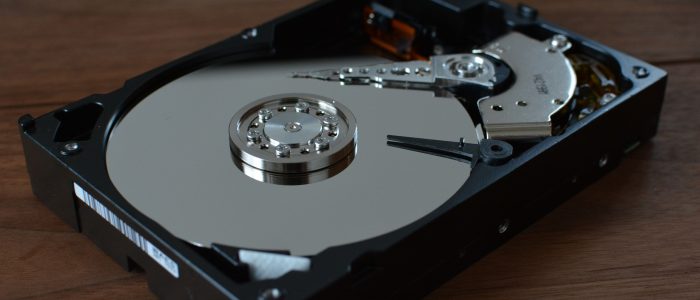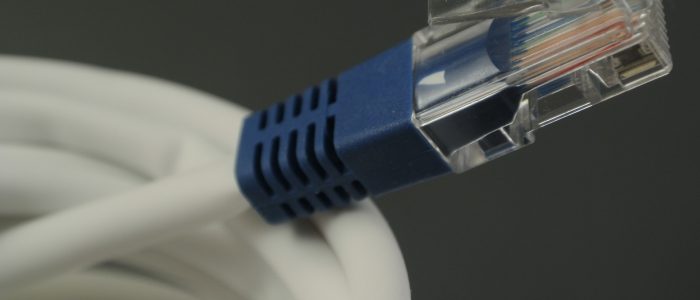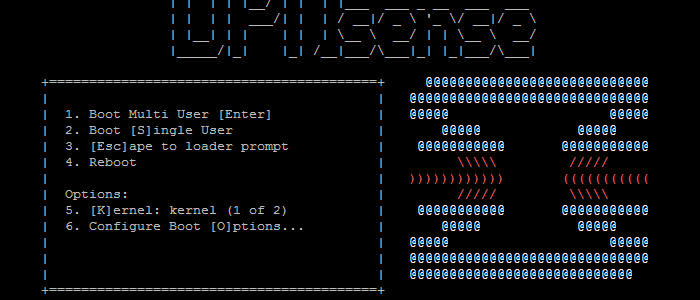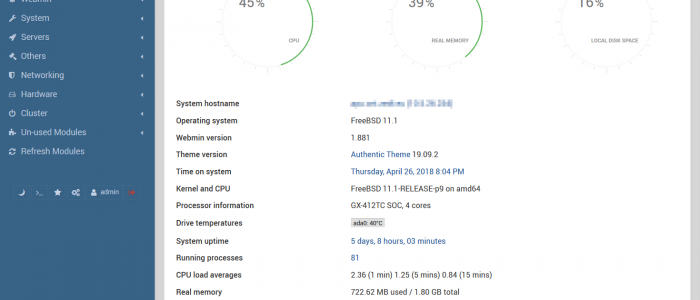How to disable/remove unwanted apps from Android (no root)
Some manufacturers bundle a lot of unnecessary and sometimes even suspicious apps with their devices. Some can still be uninstalled or disabled, but for those specific apps that the manufacturarer wants to force on the user these actions are not available.
With a rooted device there’s no limit on what you do on the device you paid for, but in case you’re stuck with a non-rootable device there’s still a chance you may force disable or remove apps.











